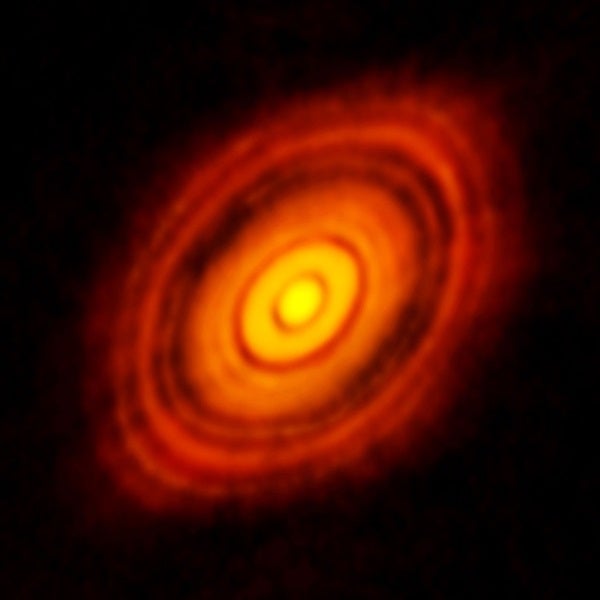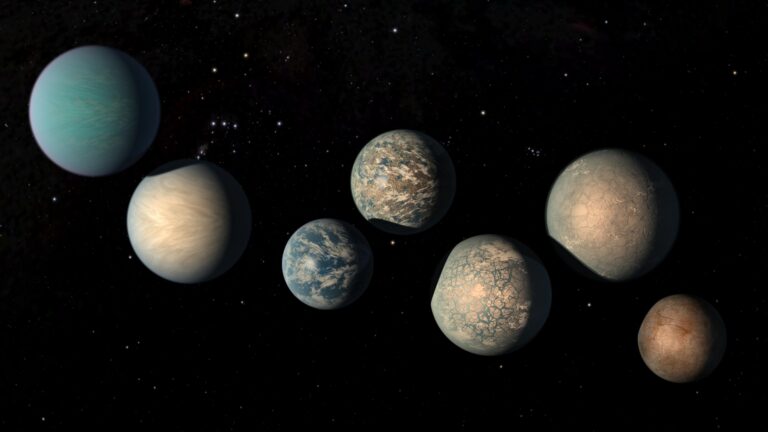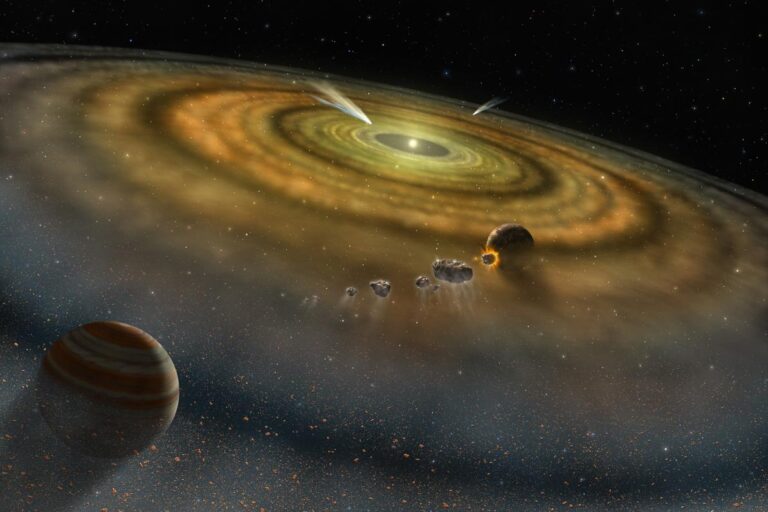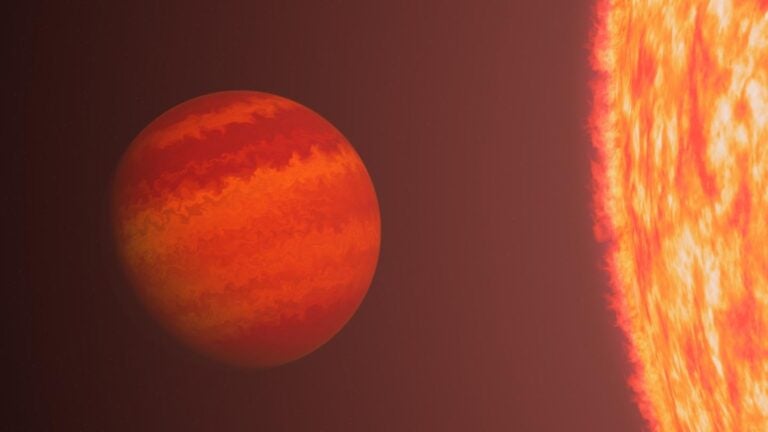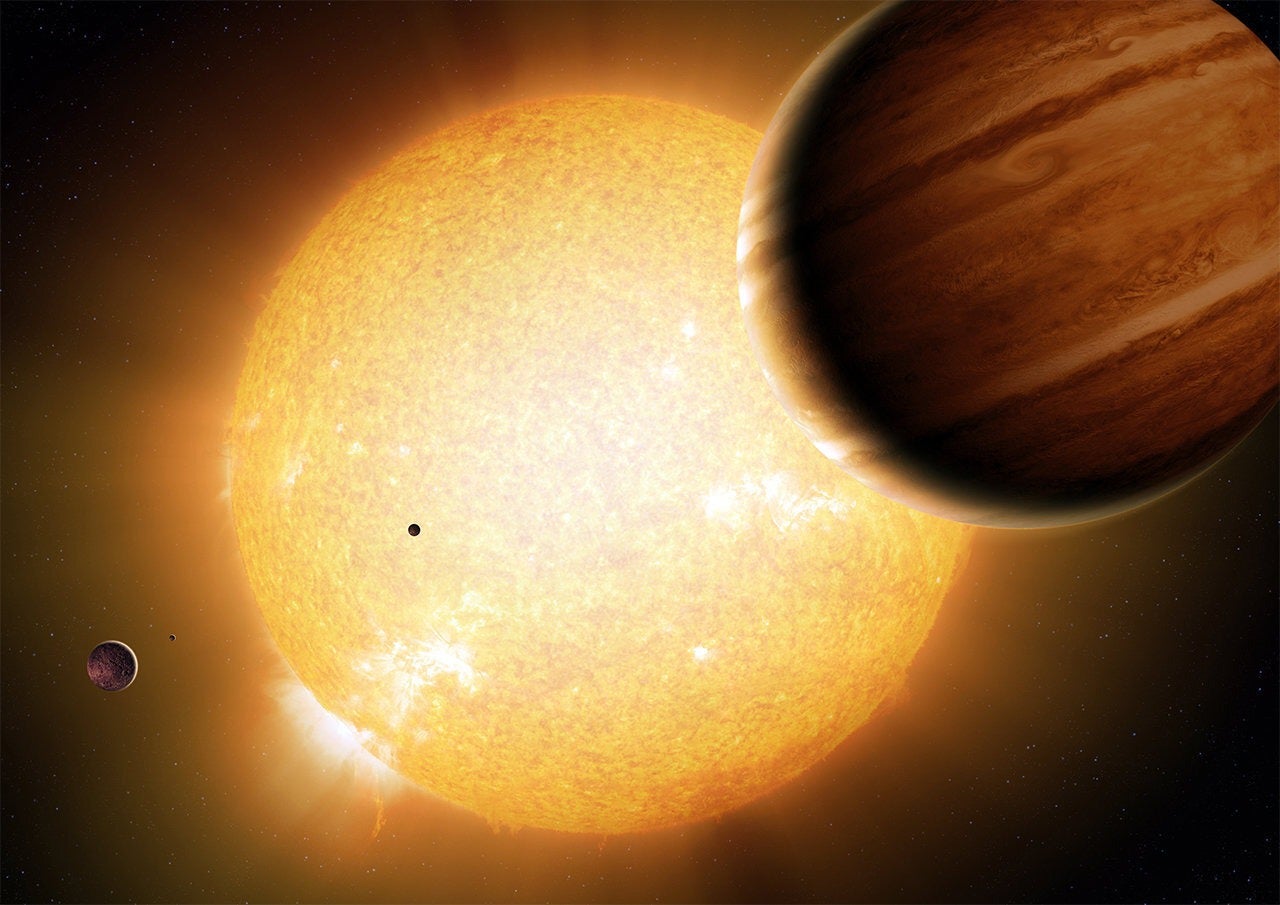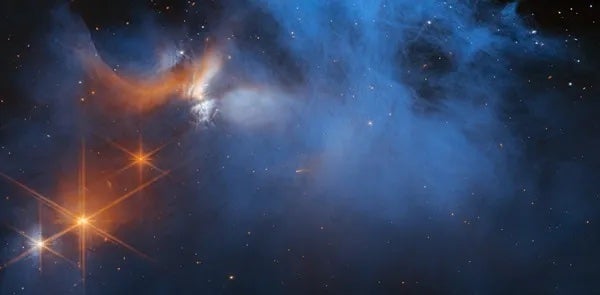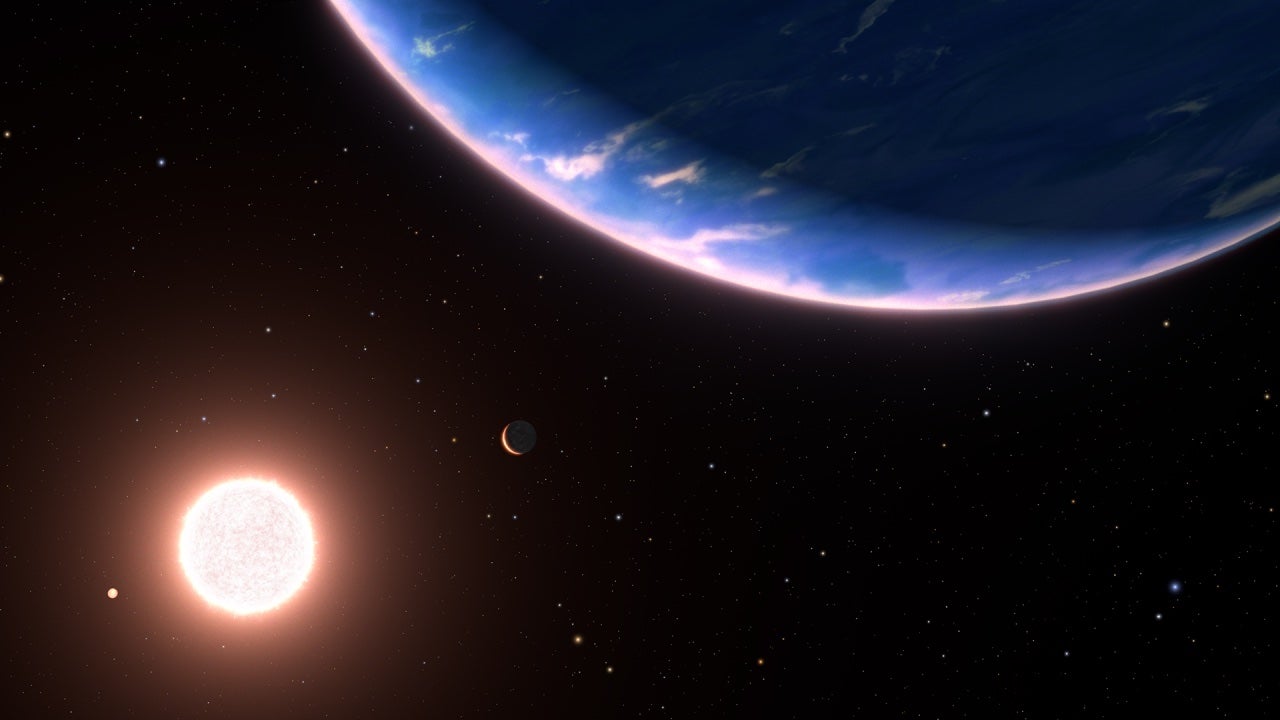For ALMA’s first observations in its new and most powerful mode, researchers pointed the antennas at HL Tauri — a young star about 450 light-years away, which is surrounded by a dusty disk. The resulting image exceeds all expectations and reveals unexpectedly fine detail in the disk of material left over from star birth. It shows a series of concentric bright rings separated by gaps.
“These features are almost certainly the result of young planet-like bodies that are being formed in the disk. This is surprising since such young stars are not expected to have large planetary bodies capable of producing the structures we see in this image,” said Stuartt Corder from ALMA.
“When we first saw this image, we were astounded at the spectacular level of detail. HL Tauri is no more than a million years old, yet already its disk appears to be full of forming planets. This one image alone will revolutionize theories of planet formation,” said Catherine Vlahakis from ALMA.
HL Tauri’s disk appears much more developed than would be expected from the age of the system. Thus, the ALMA image also suggests that the planet formation process may be faster than previously thought.
Such high resolution can only be achieved with the long baseline capabilities of ALMA and provides astronomers with new information that is impossible to collect with any other facility, even the NASA/ESA Hubble Space Telescope. “The logistics and infrastructure required to place antennas at such distant locations required an unprecedented coordinated effort by an expert international team of engineers and scientists,” said Pierre Cox from ALMA. “These long baselines fulfill one of ALMA’s major objectives and mark an impressive technological, scientific, and engineering milestone.”
Young stars like HL Tauri are born in clouds of gas and fine dust, in regions that have collapsed under the effects of gravitation, forming dense hot cores that eventually ignite to become young stars. These young stars are initially cocooned in the remaining gas and dust, which eventually settles into a disk, known as a protoplanetary disk.
Through many collisions, the dust particles will stick together, growing into clumps the size of sand grains and pebbles. Ultimately, asteroids, comets, and even planets can form in the disk. Young planets will disrupt the disk and create rings, gaps, and holes such as those seen in the structures now observed by ALMA.
The investigation of these protoplanetary disks is essential to our understanding of how Earth formed in the solar system. Observing the first stages of planet formation around HL Tauri may show us how our own planetary system may have looked more than four billion years ago when it formed.
“Most of what we know about planet formation today is based on theory. Images with this level of detail have up to now been relegated to computer simulations or artist’s impressions. This high resolution image of HL Tauri demonstrates what ALMA can achieve when it operates in its largest configuration and starts a new era in our exploration of the formation of stars and planets,” said Tim de Zeeuw of the European Southern Observatory.

